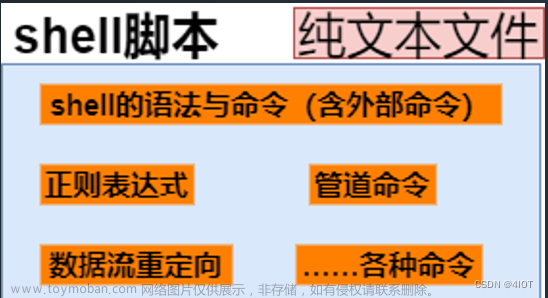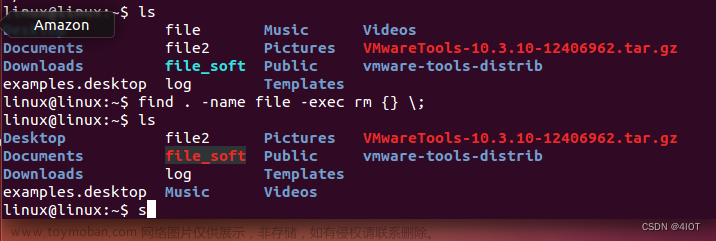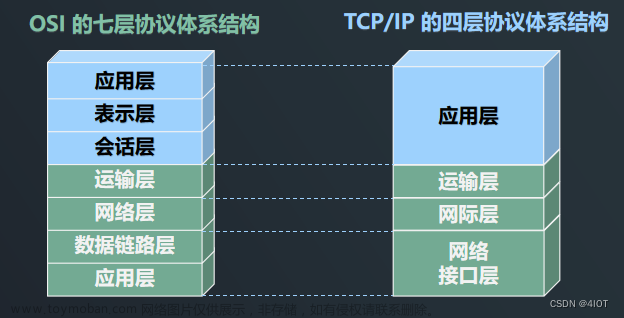目录
1 信号(signal)
2 设置信号响应方式 – signal
3 设置定时器
4 示例
问题:
getch()阻塞获取键盘按键输入, 怎么操作才能不影响小鸟下落和管道移动?
getch如果阻塞,下面的程序都是无法执行。通过信号机制方式实现。
1 信号(signal)
在Linux中,软中断信号(signal,简称为信号)是在软件层次上对中断的一种模拟,用来通知进程发生了异步事件。内核可以因为内部事件而给进程发送信号,通知进程发生了某个事件。
信号响应的方式:
1.忽略信号,即对信号不做任何处理;
2.捕捉信号,即信号发生时执行用户自定义的信号处理函数。
3.执行缺省操作,Linux对每种信号都规定了默认操作。
信号的检测与处理流程图

2 设置信号响应方式 – signal
#include <unistd.h>
#include <signal.h>
typedef void (*sighandler_t)(int);
sighandler_t signal(int signum, sighandler_t handler);
成功时返回原先的信号处理函数,失败时返回SIG_ERR
signum:指明了所要处理的信号类型
handler:描述了与信号关联的动作
SIG_DFL代表缺省方式; SIG_IGN 代表忽略信号;
指定的信号处理函数代表捕捉方式
示例
// 头文件省略
void handler (int signo) {
printf(“HELLO!\n”);
}
int main() {
signal(SIGINT, handler);
while ( 1 ) ;
return 0;
}
3 设置定时器
struct itimerval {
struct timeval it_interval; /* 计时器重新启动的间歇值 */
struct timeval it_value; /* 计时器安装后首次启动的初 }; 始值,之后就没有用 */
struct timeval {
long tv_sec; /* 秒 */
long tv_usec; /* 微妙*/
};
计时器的实现
int setitimer(int which, const struct itimerval *value,
struct itimerval *ovalue)
参数: which:间歇计时器类型,
ITIMER_REAL //数值为0,发送的信号是SIGALRM。
struct itimerval *value:将value指向的结构体设为计时器的当前值,
struct itimerval *ovalue:保存计时器原有值。一般设置为NULL。
返回值: 成功返回0。失败返回-1。
4 示例
#include <stdio.h>
#include <curses.h>
#include <signal.h>
#include <sys/time.h>
int x=10,y=10;
int a=5,b=10;
void handler(int sig)
{
move(a,b);
addch('B');
refresh();
b++;
}
int main(int argc, const char *argv[])
{
char ch;
initscr();//进入curses模式
curs_set(0);
noecho();//禁止字符显示
keypad(stdscr,1);//允许使用功能键
start_color();//启动颜色机制
init_pair(1,COLOR_WHITE, COLOR_RED);
init_pair(2,COLOR_GREEN,COLOR_WHITE);
signal(SIGALRM, handler);
/*设置定时时间*/
struct itimerval timer;
timer.it_value.tv_sec = 3;//首次启动定时时间
timer.it_value.tv_usec = 0;
timer.it_interval.tv_sec = 1;//之后每次的定时时间
timer.it_interval.tv_usec = 0;
/*启动定时*/
setitimer(ITIMER_REAL, &timer, NULL);
while(1){
ch = getch();
if(ch == 'Q')
{
attron(COLOR_PAIR(1));
move(x,y);
addch('A');
refresh();
y++;
attroff(COLOR_PAIR(1));
}
}
while(1);
endwin();//退出curses模式
return 0;
}
5 练习
使用信号机制实现每隔1s打印字符串“Flappy bird”,提交代码。
方式1文章来源:https://www.toymoban.com/news/detail-729663.html
#include <signal.h>
#include <stdio.h>
#include <unistd.h>
#include <sys/time.h>
void handle(int sig)
{
printf("Flappy bird\n");
}
int main(int argc,char *argv[])
{
struct sigaction act;
struct itimerval timevalue;
int ret;
act.sa_handler = handle;
act.sa_flags = 0;
sigemptyset(&act.sa_mask);
timevalue.it_interval.tv_sec = 1;
timevalue.it_interval.tv_usec = 0;
timevalue.it_value.tv_sec = 5;
timevalue.it_value.tv_usec = 0;
setitimer(ITIMER_REAL, &timevalue,NULL);
ret = sigaction(SIGALRM,&act,NULL);
if(ret < 0)
{
perror("sigaction");
return 0;
}
while(1)
{
}
return 0;
}
方式2文章来源地址https://www.toymoban.com/news/detail-729663.html
#include <signal.h>
#include <stdio.h>
#include <unistd.h>
#include <sys/time.h>
void handle(int sig)
{
printf("Flappy bird\n");
}
int main(int argc,char *argv[])
{
struct itimerval timevalue;
timevalue.it_interval.tv_sec = 1;
timevalue.it_interval.tv_usec = 0;
timevalue.it_value.tv_sec = 5;
timevalue.it_value.tv_usec = 0;
setitimer(ITIMER_REAL, &timevalue,NULL);
signal(SIGALRM,handle);
while(1)
{
}
return 0;
}
到了这里,关于lv6 嵌入式开发-Flappy bird项目(信号机制、定时器功能实现)的文章就介绍完了。如果您还想了解更多内容,请在右上角搜索TOY模板网以前的文章或继续浏览下面的相关文章,希望大家以后多多支持TOY模板网!













